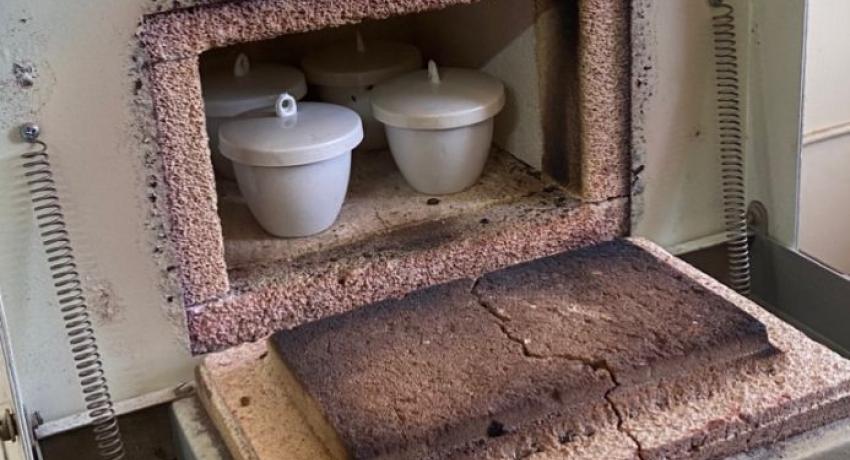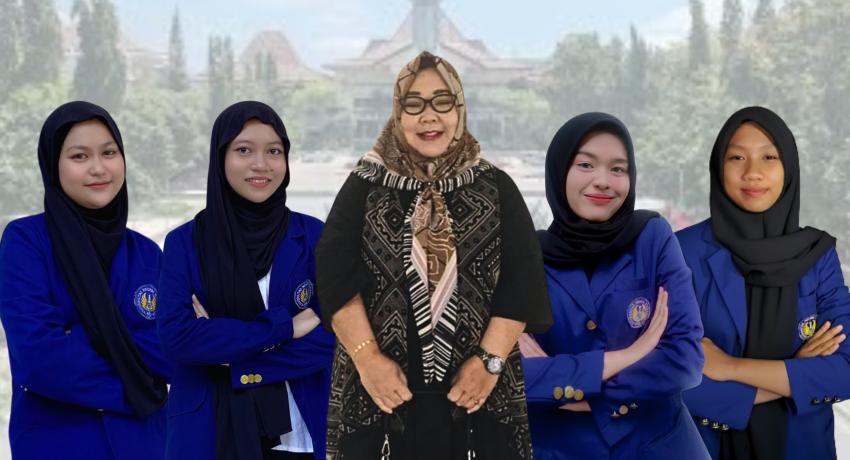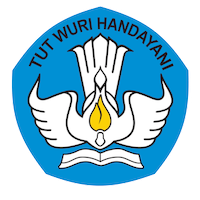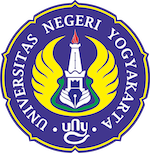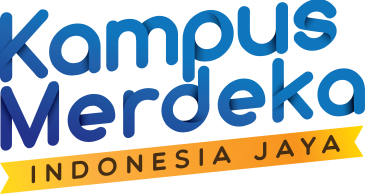A team of four students from the Faculty of Mathematics and Natural Sciences (FMIPA) at Universitas Negeri Yogyakarta (UNY) has successfully developed an eco-friendly adsorbent using cassava peels. Known as the “Adsorben Singkong” team, their innovation combines magnetite nanoparticles with activated carbon derived from cassava waste to remove toxic chromium ions (Cr6+) from leather industry wastewater.
The team, comprising Ankita Cahya Muti, Oktavia Kusuma, Puput Intan Pratiwi, and Khansa Amalia Rahmah, submitted this research as part of the Student Creativity Program in Exact Research (PKM-RE). They explained that the increasing levels of chromium waste from leather tanning industries in Yogyakarta motivated them to find a low-cost, sustainable solution using agricultural waste like cassava peel—rich in carbon and widely available.
Their research involved converting cassava peel into activated carbon through carbonization and acid activation, followed by synthesizing magnetite nanoparticles via coprecipitation. The two materials were then combined into a composite and tested using advanced instruments such as XRD, FTIR, SEM-EDX, and AAS to analyze structure, surface properties, and adsorption capability.
Results showed that the magnetite-carbon composite successfully absorbed Cr ions, especially at a 10:0.6 ratio, achieving optimal performance after 90 minutes of treatment. The hydroxyl groups on the carbon surface played a key role in binding the heavy metal ions, confirming the material’s effectiveness as a bio-based adsorbent.
Supervising lecturer Prof. Dr. Dyah Purwaningsih, M.Si., praised the innovation as a blend of scientific research and environmental concern. The team hopes their breakthrough can lead to further development of eco-adsorbents at an industrial scale, turning agricultural waste into a valuable tool for pollution control and sustainable environmental practices.


